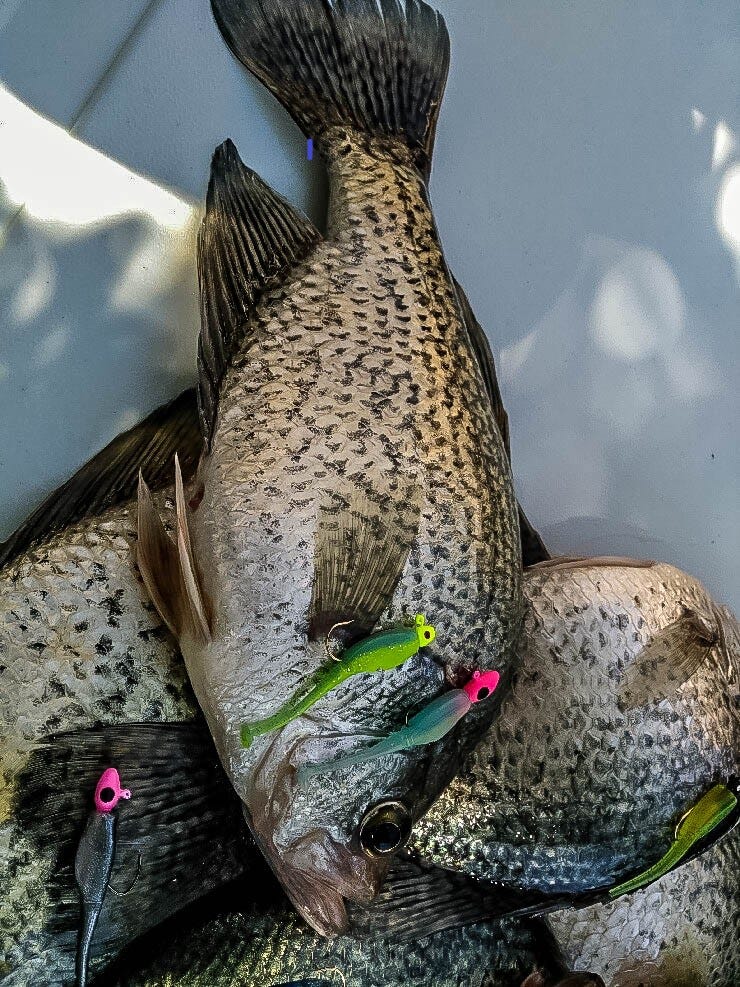- Jul 15, 2021
Bobby Garland Adds Itty Bit Slab Hunt’R
Learn about the most recent addition to Bobby Garland’s Itty Bit series and its unique offerings for crappie fishermen who want to downsize.
Bobby Garland’s highly popular Itty Bit series of crappie baits just got bigger. Not the baits, of course. They’re still Itty Bit at only 1.25 inches in length. Instead, the series has grown with the introduction of the Itty Bit Slab Hunt’R.
The Itty Bit Slab Hunt’R has a different profile and action than the Itty Bit Swim’R or Slab Slay’R, two already proven baits for when conditions demand finesse or match-the-hatch approaches for success. All three are down-sized but full-featured versions of longtime Bobby Garland producers.





